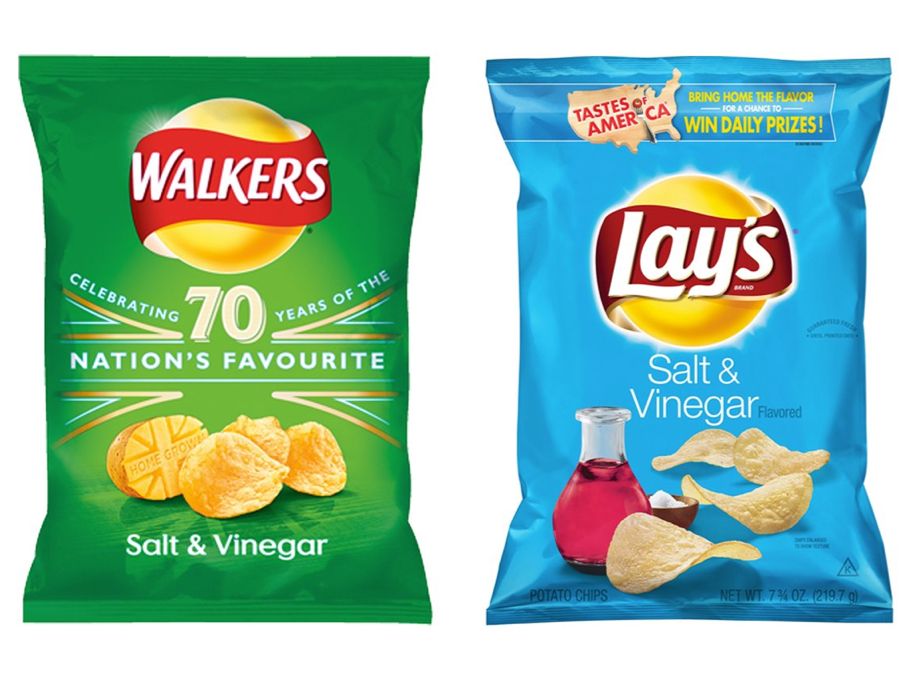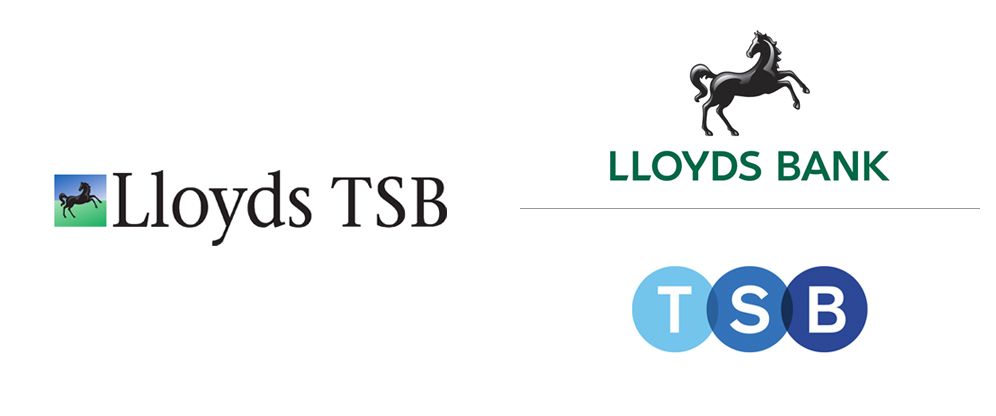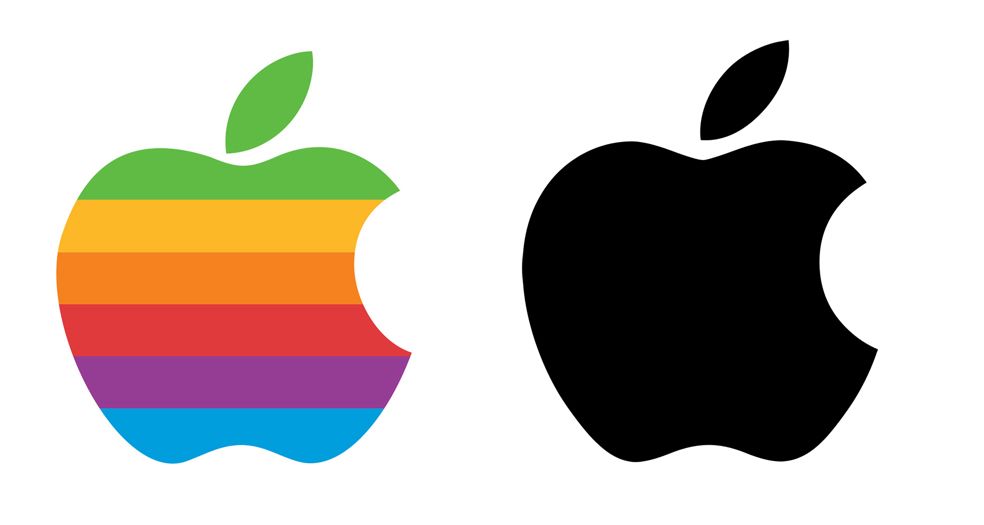7 Reasons to Rebrand: Part 2

Rach Brind-Surch
8th May 2019
In this series we have been exploring reasons why a company may wish to change their corporate identity or rebrand.
The first part explored three situations, including a brand getting outdated, a change in the marketplace - or a need to reposition the brand as it heads in a new direction.
In this part we are going to continue to explore some more challenges and changes that can prompt a rebranding of a company or organisation.
Going Global
The internet has not only meant that we are living in a digital age - but also a global one. As small businesses grow they will often find themselves spreading to new countries and continents. That can create its own set of hurdles to overcome and challenges to push a company's branding to be reassessed.
With an international market may come cultural or linguistic barriers and in some cases a brand may not translate. If a brand is too specific to its origins then the meaning may become lost or - in the worst case it may have less than optimal connotations or meanings.
This can result in a full rebrand to create a more appropriate, holistic brand that works for all, or it may result in several brand treatments for the same products- some famous examples of this are Cif and Jif cleaning products, Walker’s and Lays crisps or Lynx and Axe body spray.
The latter can obviously make marketing more complicated and dilute the global recognition of a brand, however the former can risk being slightly too generalised and not unique enough to appeal to each individual geographical locations quirks and culture.
Some brands use their origins as a feature of their brand in order to overcome this issue. Noticeably many alcohol products double down on their individual roots and stories to create a narrative around their brand and lend themselves credibility and authenticity (whether fabricated or not). Examples of this are Jack Daniels whiskey or Bombay Sapphire Gin.

New Ownership/Merger/Demerger
Any kind of major restructuring, destructuring or new leadership is going to affect a business. If your business is changing then your brand should be assessed to make sure it is still relevant
Merging or demerging will often result in immediate rebrands, this not only helps to illustrate any direct changes to staff and users but may also be a legal requirement. An example for this could be the demerhing of Lloyds TSB to Lloyds Bank and TSB - though some elements of the prior brand were kept such as parts of the names, they were shifted to better reflect the brand values of the two now separate banks and their strengths. Comparisons between the whimsical visuals of the characterful lloyds TSB adverts and the more recent homespun illustration of the TSB marketing schemes show a clear evolution for example.

A less obvious change can be in leadership. A new CEO can create huge change in a company or organisation. A clear, and obvious example of this is the return of Steve Jobs in 1997. Arguably one of the most well known and successful rebrands to date and interesting currently as apple now faces the first decline in profits since the mid-1990s. At that time Apple was experiencing low sales, low consumer interest, and struggling to compete. With no significant brand to speak of beyond the technicolour apple logo of old the company was in trouble.
Steve Jobs took over the company in 1997and with him came the distinctive modern, minimalist style that has defined the Apple brand and its products ever after. With a new, stripped back logo, palette and a host of innovative products that have fundamentally changed how tech is used in society, Jobs secured Apple ‘s place as an industry leader. Though a divisive figure his clear vision of what Apple was and could be, can not only be clearly seen in it’s rise under his guidance but also, in his absence, its struggle to stay on top.
Perhaps it’s time for Apple to reassess and remap again?

The final instalment in this series of blog articles will continue to explore how a brand can be changed or redefined to create a better overall impression of the service or products provided, so check it out!
If you have felt that some of the reasons explored already may apply to your business or organisation, please do not hesitate to get in touch.
We can offer you a brand assessment and explore with you how we can mould your brand into something that works for you- whatever the scale or scope of your business.

Like what you see and ready to start?
Let's talk!
The easiest way is to select an open space in our calendar for a discovery call at your earliest convenience.
Book a callWe work with clients of various sizes and across a wide range of sectors. We provide the following services:
Digital Marketing
Digital marketing solutions driven by results, designed to enhance your online presence and engagement, fuelling business growth.
PPC SEO Email Marketing Marketing for Charities Social Media
Websites
Efficient web-based systems, leveraging database-driven digital products to streamline operations and enhance user engagement.
Marketing Ecommerce Websites for Charities Bespoke Web Applications